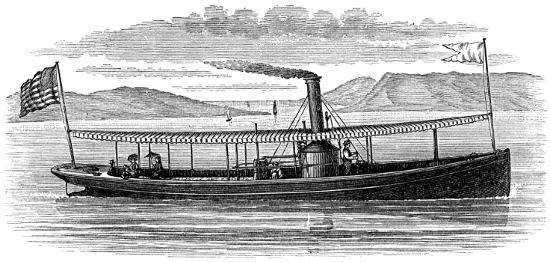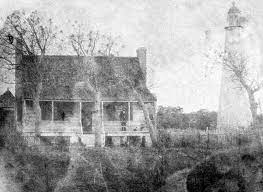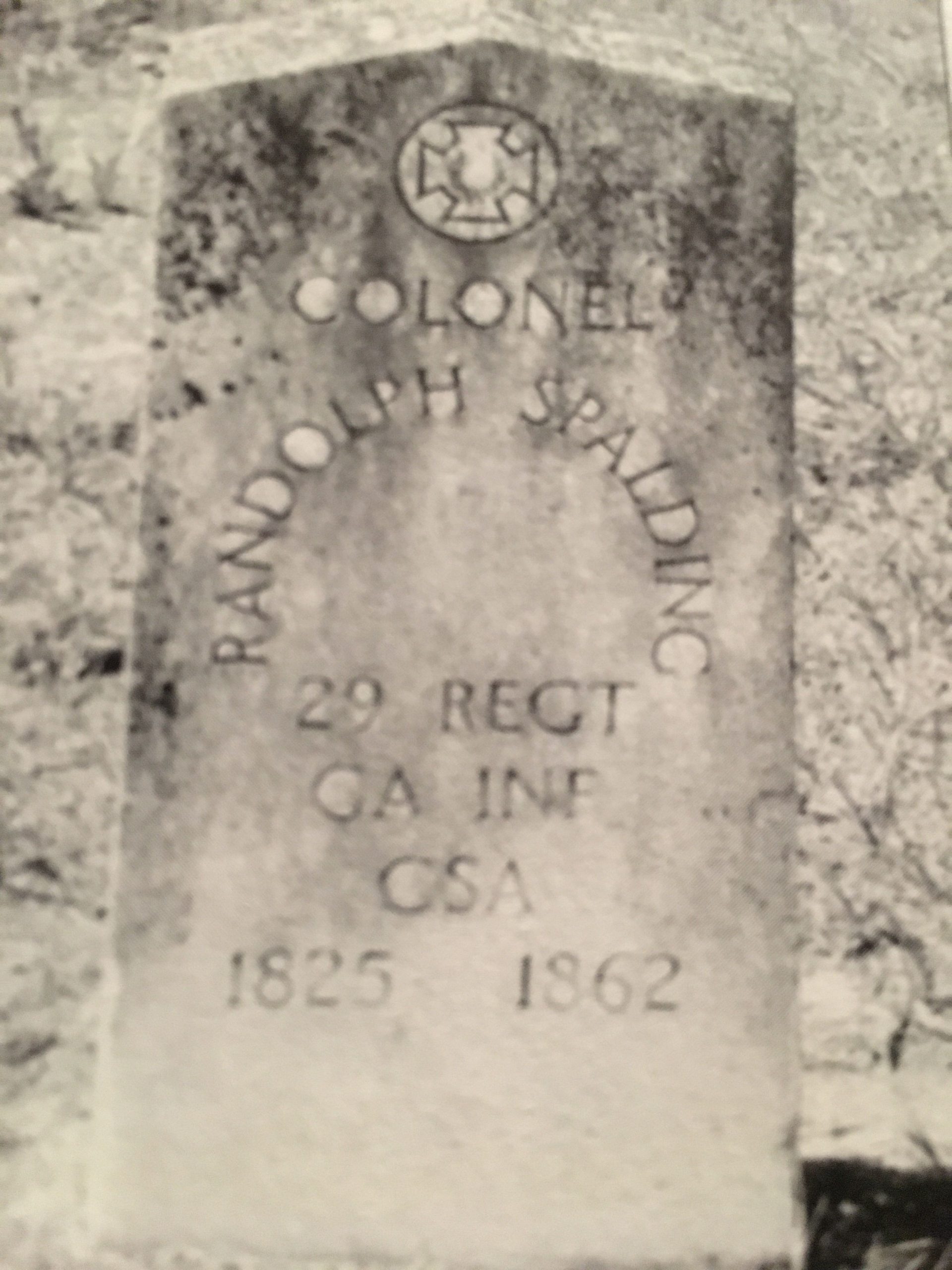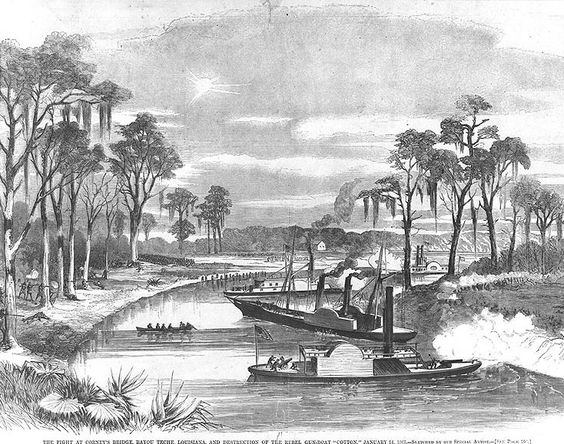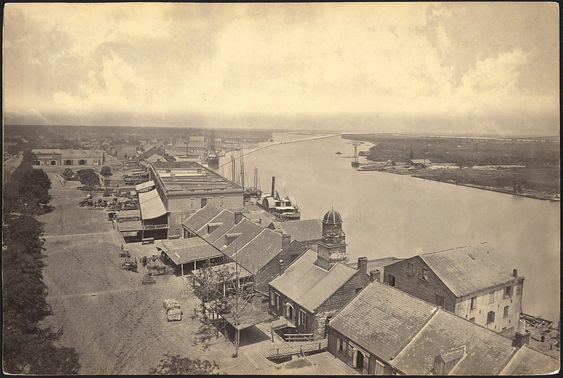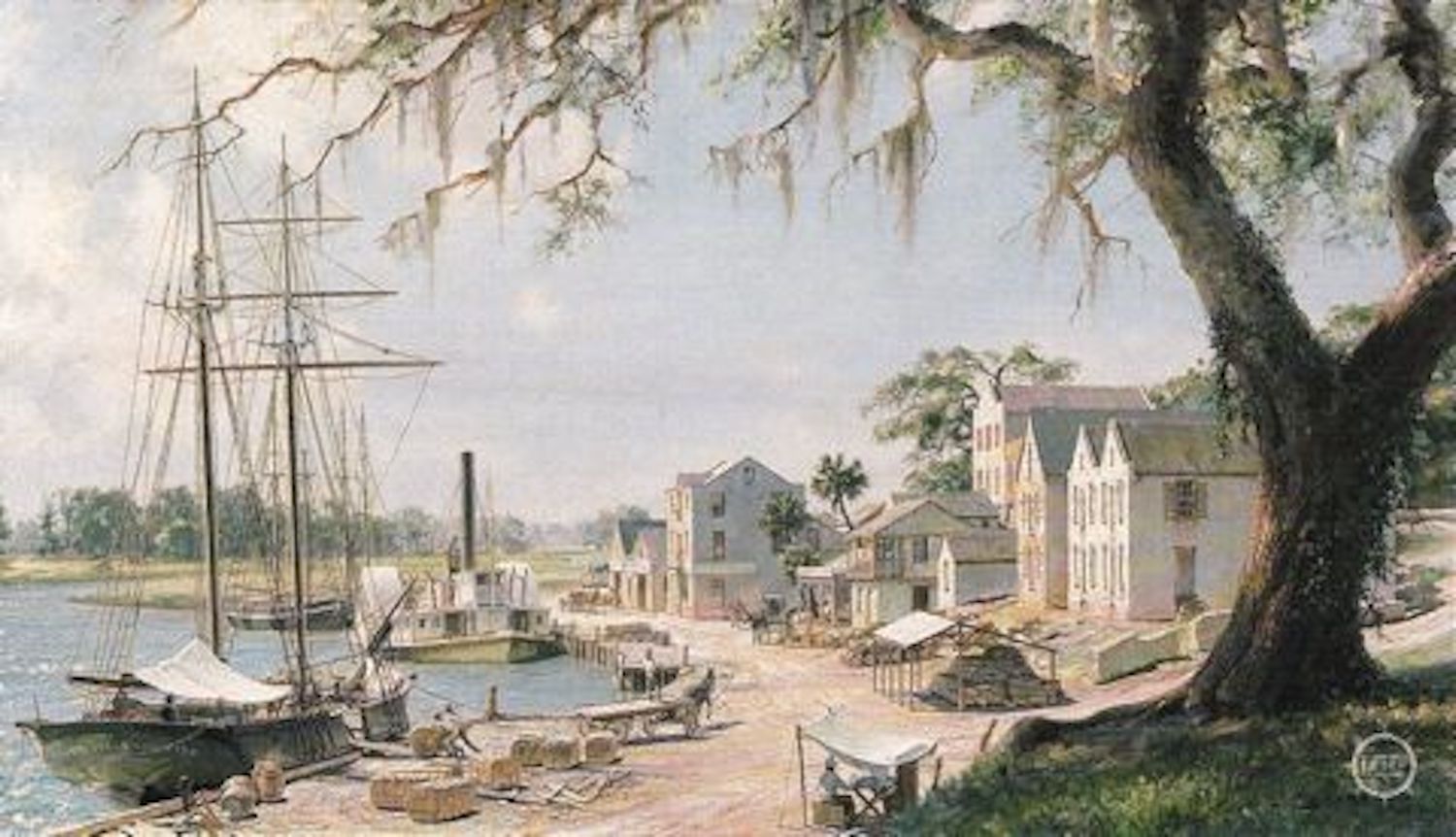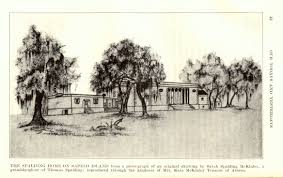
Are you a BETA reader?
BETA readers:
A person who reads a work of fiction before it is published in order to mark errors and suggest improvements, typically without receiving payment (But, can earn a complimentary advance copy of the published book.)
Do you enjoy historical novels?
Historical fiction is set in the past and pays attention to the manners, social conditions and other details of the depicted period. Authors also explore notable historical figures in these settings, allowing readers to better understand how these individuals might have responded to their environments.
” …the author is writing from research rather than personal experience.”
My Invitation to BETA Readers…
While visiting Darien, Georgia, two years ago, seeking a unique setting for my fourth Shiloh series novel, a day-long trip to nearby Sapelo Island altered the direction of my next novel. My tour guide, a descendant of Geechee slaves, piqued my historical curiosity with his tales of the island’s storied past.
I pondered why after the Civil War ended, Sapelo’s freed slaves traveled over two-hundred miles to return to the island? The answer required hours upon hours of in-depth research, as well as revisiting Darien, Brunswick, Savannah, and Beaufort, as my first historical novel evolved.
The Last Laird of Sapelo: The Randolph Spalding Story is a fact-based novel about the enigmatic, youngest and most successful son of the famous Thomas Spalding. By 1861, family and friends knew Randolph as an ambitious planter who parlayed his father’s fame and generosity; a popular socialite, hobnobbing from Charleston to Savannah to Milledgeville; a high-stakes gambler and sportsman; and popular politician. But when the Civil War threatens the Georgia coast, he is called upon to face a storm of life-changing events threatening his family’s legacy, livelihood, and lands. Following his untimely tragic death in March 1862, newspapers honored him as “a pure patriot and high-toned chivalrous gentlemen, doing good service in the army of the Confederate States… His funeral procession included a large military escort and a long procession of citizens.”
History records that Randolph Spalding’s freed slaves returned to Sapelo Island in the months following the Civil War and lived and worked alongside Randolph’s family, who moved back in 1868. For the remaining decades of the Nineteenth Century, the Spalding family coexisted on Sapelo Island with their former slaves.
Writing this story made it became abundantly clear to me history requires the seeking of obverse facts and truths from our past to best comprehend the diverse issues we face today. A host of folks I have talked with about this story agree, and I hope you do as well.
The completed novel is 86,200 words and is ready to be sent at your request.
Thank you for taking the time to consider my work. I look forward to hearing from you. Please email me of your interest in receiving either a printed 320 page copy or a digital PDF copy downloadable on your device at home.
Mike, aka T. M. Brown


